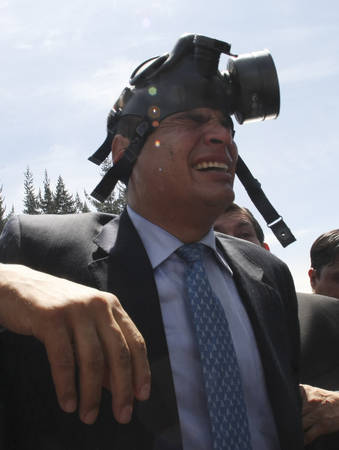Ecuador’s economic history has not been a happy one. A lack of national cohesion has dogged the country ever since it opted for independence from Simon Bolivar’s Grancolombian Federation in
1830. From the start there was fierce rivalry between the residents of the highlands, centered on the capital Quito, and those on the coast, centered in Guayaquil. Fortunately, though, these rivalries did not lead to violent confrontation, and Ecuador’s history, although turbulent, has been peaceful.
However, the deep split between the interests of the coastal and highlands regions has at times—and certainly during the last five years—made it almost impossible for the government to pursue a
coherent economic policy.
In the late 1990s, Ecuador suffered its worst economic crisis. The 1999 economic downturn
was the steepest, and the following year inflation hit record highs. The underlying cause of
the upheaval was the collapse of the banking system, which was accompanied by a simultaneous currency and public finance crisis. The crisis involved 16 banks—out of the 40 existing in 1997—and was triggered by a combination of exogenous and policy-induced
shocks which led the market to lose confidence in both the banking system and the domestic currency, while government liabilities increased dramatically until the country defaulted on
its recently restructured Brady debt. On the brink of hyperinflation and immersed in a deep macro financial crisis, the government adopted the U.S. dollar as legal tender as a substitute to the sucre in January 2000.












Aucun commentaire:
Enregistrer un commentaire